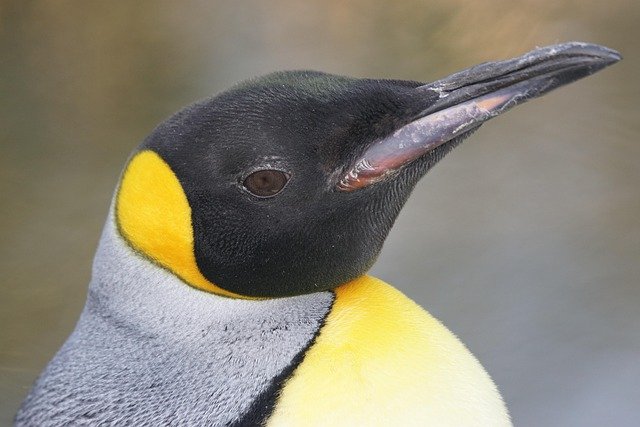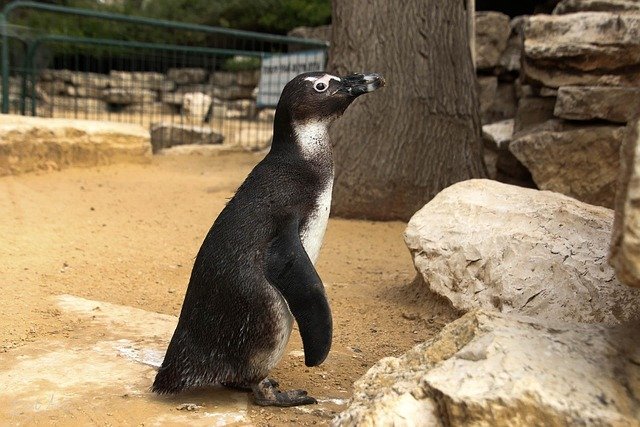**Title: "The Fascinating Social Lives of Penguins: How These Adoable Birds Foster Community

The Fascinating Social Lives of Penguins: How These Adorable Birds Foster Community
Penguins are often seen as the epitome of cuteness, waddling around in their tuxedo-like plumage. However, beneath their charming exterior lies a complex social structure that is as fascinating as it is essential for their survival. In this post, we will explore how these remarkable birds foster community and build social bonds in their harsh environments.
The Importance of Community
Penguins are highly social creatures, and their survival often hinges on their ability to work together and maintain strong social bonds. Living in large colonies, sometimes numbering in the thousands, they rely on each other for protection, foraging, and raising their young. These colonies provide a sense of safety from predators and harsh weather conditions.
Social Structures
Hierarchy: Within a colony, penguins establish a social hierarchy. Dominance and submission behaviors help maintain order and reduce conflicts. This hierarchy is often based on size, age, and experience, with larger and older penguins typically holding higher ranks.
Bonding: Penguins are known for forming strong pair bonds, particularly during the breeding season. These bonds are crucial for raising chicks, as both parents share responsibilities in incubating eggs and feeding their young. Some species, like the Emperor Penguin, engage in elaborate courtship rituals to strengthen these bonds.
Communication
Penguins have developed a variety of vocalizations and body language to communicate with one another. From the distinctive braying calls of the African Penguin to the soft cooing of the Little Blue Penguin, their vocal repertoire helps maintain social ties and coordinate group behaviors.
Non-Verbal Communication
In addition to vocalizations, penguins use body language to express their feelings and intentions. For example, a penguin may bow or flap its wings to signal aggression or submission. These non-verbal cues are essential for maintaining harmony within the colony.
Cooperative Behavior
Penguins exhibit remarkable cooperative behaviors that enhance their community life:
Huddling: In extreme cold, such as that experienced by Emperor Penguins during the Antarctic winter, huddling together helps conserve warmth. By rotating positions within the huddle, penguins take turns being in the center, ensuring that everyone stays warm.
Foraging: Penguins often forage in groups, which increases their chances of finding food and reduces the risk of predation. Working together, they can herd fish into tighter schools, making it easier for each individual to catch their meal.
Raising the Next Generation
The social dynamics of penguin colonies are particularly evident during the breeding season. After mating, both parents take turns incubating their eggs and feeding their chicks. This shared responsibility not only strengthens their bond but also fosters a sense of community as other colony members assist in protecting the young.
Chick Interaction
Young penguins often engage in social play, which is vital for developing the skills they need to survive. This playful interaction helps them learn how to navigate their environment, forage for food, and establish social relationships with their peers.
Conclusion
The social lives of penguins are a testament to the power of community in the animal kingdom. Their ability to form strong bonds, communicate effectively, and cooperate in challenging environments showcases the intricate social structures that underpin their survival. Next time you see a group of these adorable birds waddling together, remember that there is much more to their lives than meets the eye!
Feel free to share your thoughts or questions about penguin social behavior in the comments below! 🐧❤️
